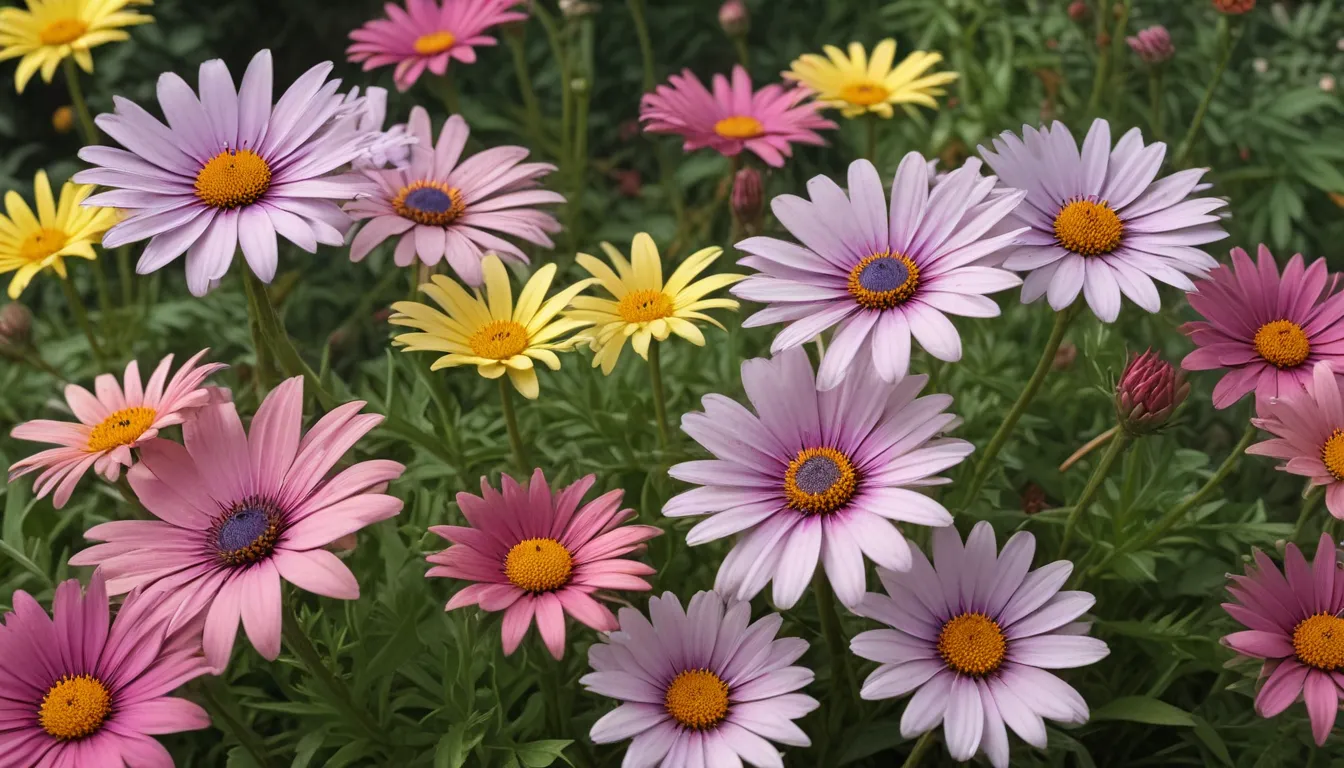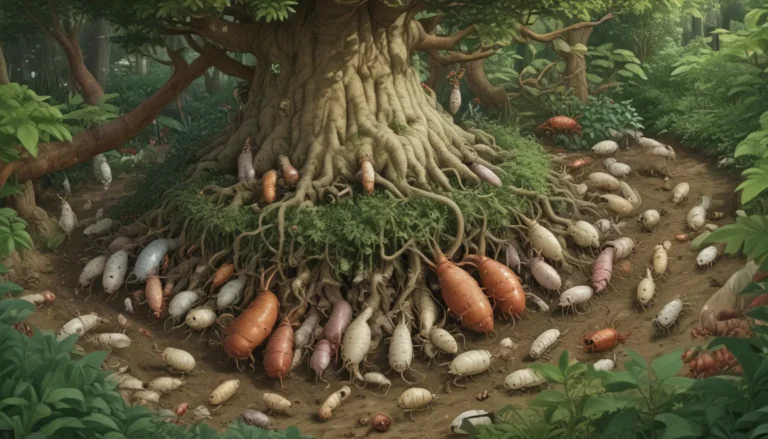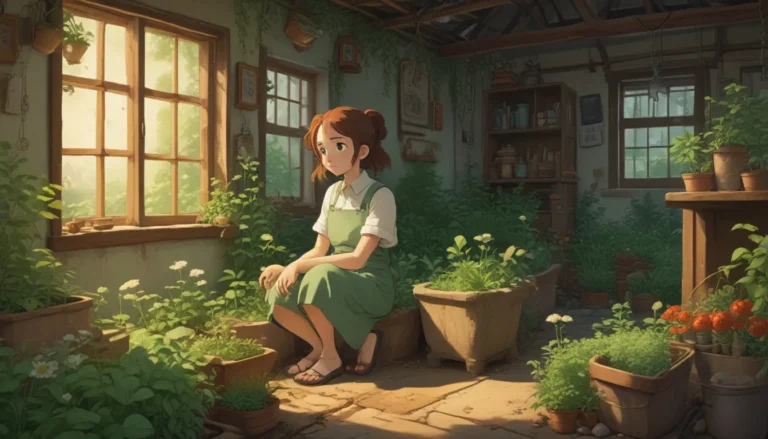Comprehensive Guide to Growing Beautiful Cape Daisies (Osteospermum)

Are you a fan of vibrant, colorful flowers that add cheer to your garden or containers? If so, you’ll love the Cape daisy, also known as Osteospermum. In this in-depth guide, we’ll explore everything you need to know to successfully grow, care for, and enjoy these delightful flowers.
Discovering Cape Daisies
The Cape daisy, or Osteospermum, is a relative newcomer to the American gardening scene, originating from South Africa. Also known as the African daisy or star of the veldt, this flower has a rich history and a variety of colors ranging from purple, orange, yellow, white, to pink. Despite its occasional susceptibility to closing flower heads during cloudy weather, its bright faces and radiant petals outweigh this minor inconvenience.
Cultivation and History
Over the years, the Cape daisy has grown in popularity in the US, with various cultivars and hybrids available in garden centers. Although it was previously classified under the Dimorphotheca genus, its name has officially changed, so don’t be surprised if you come across different botanical names for these flowers.
Propagation
While you can find live plants at garden centers, growing Cape daisies from seed or cuttings is also an option. Direct seeding requires waiting until the last frost has passed, while cuttings should be taken from healthy plants and rooted in a suitable medium. Transplanting seedlings is another method, ensuring they have ample space to thrive.
How to Grow Cape Daisies
Soil and Climate Needs
Cape daisies thrive in well-drained soil with regular watering in full sun. Rich soil and occasional applications of compost or fertilizer promote healthy growth. Regular fertilizing during the blooming period and adequate water without over-saturation are key to vibrant blooms.
Fertilizing
Regular feedings with flower-specific fertilizers such as Espoma Plant Tone and Jack’s Classic Fertilizer ensure Cape daisies receive necessary nutrients. Adjust feeding frequency based on the season and temperature to support optimal growth and flowering.
Watering
Maintaining consistent soil moisture, without allowing the plants to dry out or sit in water, is crucial for Cape daisies. Aim for about an inch of water per week, adjusting for sun exposure and soil drainage.
Growing Tips
- Provide regular feedings for optimal blooms
- Maintain consistent watering without over-saturation
- Adjust feeding frequency based on the season
Maintenance
Don’t shy away from deadheading Cape daisies to encourage continuous blooming. Remove spent flower heads and trim back plants during hot months to encourage fall blooms. In USDA Zones 9 to 11, cutting back plants in spring promotes perennial growth.
Cultivars to Select
Explore a variety of cultivars such as the Asti™ series, ‘Orange Symphony,’ ‘Lavender Frost,’ and Akila® Grand Canyon mix for different color options and blooming characteristics. Each cultivar offers unique qualities while maintaining similar growing conditions.
Managing Pests and Disease
Though Cape daisies are relatively pest-resistant, they may face issues with aphids, thrips, whiteflies, earwigs, slugs, and caterpillars. Keep an eye out for signs of infestation and address them with appropriate insecticides or beneficial predator management strategies. Fungal diseases such as downy mildew can be controlled with proper watering practices and preventative measures.
Best Uses
Cape daisies are versatile plants suitable for containers, garden beds, and companion planting arrangements. Pair them with other spring and fall bloomers like snapdragons, pansies, and alyssum, or mix them with herbs like lavender and thyme for a colorful garden display.
Quick Reference Growing Guide
- Plant Type: Flowering perennial
- Flower/Foliage Color: Yellow, white, purple, pink, orange/green
- Native to: South Africa
- Hardiness (USDA Zone): 9-11
- Bloom Time/Season: Spring and Fall
- Exposure: Full sun
- Spacing: 6-12 inches
- Height/Spread: 12-24 inches
- Water Needs: Medium
- Soil Type/ pH/ Drainage: Organically rich/5.5-6.5/Well-draining
- Maintenance: Moderate
- Attracts: Bees, other pollinators
- Companion Planting: Alyssum, dusty miller, geraniums, lavender, marigolds, pansies, snapdragons, thyme
Wrapping Up
Cape daisies, or Osteospermum, are a beautiful addition to any garden or container. With proper care, these flowers will reward you with vibrant blooms and cheerful colors. Whether you’re a seasoned gardener or just starting, growing Cape daisies can be a rewarding and enjoyable experience. Share your insights, questions, or experiences with Cape daisies in the comments below. Thank you for reading!





